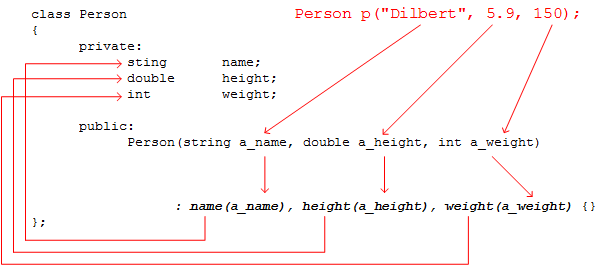Introduction in developing Apache modules using C in the.
An introduction to hooks. When handling requests in Apache HTTP Server 2.4, the first thing you will need to do is create a hook into the request handling process. A hook is essentially a message telling the server that you are willing to either serve or at least take a glance at certain requests given by clients.
Writing modules in C: Apache is written in C and so they are the modules distributed with Apache. The best way to get started writing Apache modules is to read Doug MacEachern and Lincoln Stein Writing Apache modules with Perl and C. It is a well-written, easy to read book by two Apache and Perl gurus.

Writing Apache Modules. By L. Blunt Jackson, September 01, 2002. One reason for the Apache server's remarkable success is its modular architecture, which enables easy extension. So how do you go about writing Apache modules? Blunt shows how, illustrating key points of Apache design along the way.

It is a simple way to put dynamic content on your web site, using whatever programming language you're most familiar with. This document will be an introduction to setting up CGI on your Apache web server, and getting started writing CGI programs.

I am developing apache module. I want to read some data from my own config file. How to read the config file in Apache. . Reading config file in Apache module. Ask Question Asked 3 years, 4 months ago.. To learn more, see our tips on writing great answers. Sign up or log in. Sign up using Google.

The Apache log records events that were handled by the Apache web server including requests from other computers, responses sent by Apache, and actions internal to the Apache server. This section of the guide explains the basics of Apache logging including the types of logs generated by Apache, where they are stored, and how to interpret them.

Q: Can I compile my own custom PHP module for Apache? A: If neither the provided PHP module nor the alternative PHP modules in the vinstall library suit your needs, you might consider compiling your own custom PHP module for Apache. If your Freedom server provides root access, this is a fairly simple thing to do. However, it's important to understand the implications of doing so.

How to Create and Install an Apache Self Signed Certificate SSL is an essential part of creating a secure Apache site. SSL certificates allow you encrypt all the traffic sent to and from your Apache web site to prevent others from viewing all of the traffic.

The advantage of this is that the core Apache program can stay relatively small and tight until a particular function (as provided by a plug-in module) is needed. Then, with just a LoadModule directive and optionally some configuration directives, you can increase the functionality of your Web server with a corresponding increase in the working set size.

In the brackets will be shown whatever each Apache module is static or shared (see explanation of each above). As a pleasant bonus you will also get a syntax check of the all Apache configuration files.
If you only have one Apache virtual host to secure and you have an ssl.conf file being loaded, you can just edit that file. Otherwise, you will need to make a copy of the existing non-secure virtual host, paste it below, and change the port from port 80 to 443. Open your Apache configuration file in a text editor.

How to Install and Configure Apache, PHP, Perl and MySQL on Windows the Easy Way (with XAMPP) by Christopher Heng, thesitewizard.com This article shows you an easy way to install and configure Apache, PHP, Perl and MySQL on your own Windows computer, so that you can test a temporary version of your website before transferring it to the Internet for the rest of the world to use.

This tutorial module helps you to get started quickly with using Apache Spark. We discuss key concepts briefly, so you can get right down to writing your first Apache Spark job. In the other tutorial modules in this guide, you will have the opportunity to go deeper into the article of your choice. In this tutorial module, you will learn.



